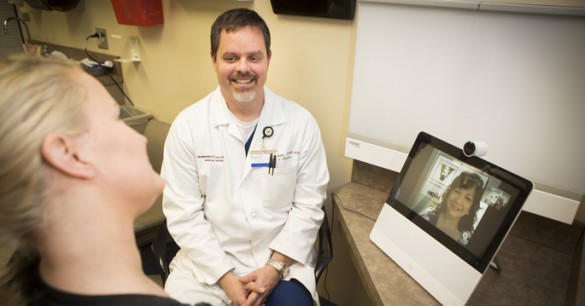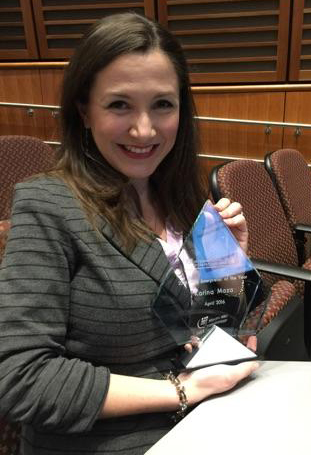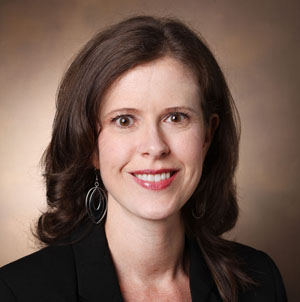
Interpreters at Vanderbilt University Medical Center are joining forces with counterparts at other hospitals to better serve non-English speaking patients.
This relationship brings video communication to Interpreter Services. Until now, patients and caregivers have relied on telephonic interpretation when VUMC interpreters have been unable to provide face-to-face assistance because of the high demand for their services and the growing diversity of languages spoken in Middle Tennessee.
Through membership in the Health Care Interpreter Network (HCIN), VUMC can call on the assistance of an interpreter at another hospital by video who interprets in Vietnamese or Amharic, while offering expertise in Arabic, Spanish or Kurdish to other hospitals by video.
The membership will improve services to patients, boost productivity and save money, said Hope Collins, MPA, manager of Interpreter Services.
“I think what is unique about the solution we have chosen is that it works like a giant co-op of shared hospital interpreter resources,” Collins said. “We like that model for several reasons.”
First, communication occurs on a 14-inch screen from a computer that can be elevated over a patient’s lap, allowing visual cues to be a part of the conversation. VUMC could have used an iPad-based system, she said, but opted for an apparatus with a bigger screen and better speakers.
Network interpreters have been fully vetted by hospitals that belong to HCIN and have experience with medical terminology. Also, the network augments existing services instead of replacing them.
“Our long-term goal is to have clinics decide when an onsite interpreter is absolutely necessary versus when a patient encounter can occur by video or by telephone,” Collins said. “Right now, our only choices are onsite or telephone.”
Since the demand for interpretation continues to rise and the cost of using a telephonic interpretation vendor has increased greatly in recent years, VUMC will use the traditional telephonic interpretation service only when calls that are routed through the HCIN are rolled over to telephone mode.
VUMC will maintain its staff of 22 interpreters plus five who work on an as-needed basis. They offer onsite interpretation services for people who speak Spanish, Arabic and Kurdish.
VUMC piloted the Healthcare Interpreter Network from December 2014 to April 2015 using eight of the video interpreter devices. Another 27 are being brought online after Nov. 30.
The 35 devices will be strategically placed within hospitals and clinics.
The Health Care Interpreter Network, which has 46 member hospitals according to its website, is a nonprofit founded 10 years ago in California. VUMC is the only member hospital in the Southeast.














